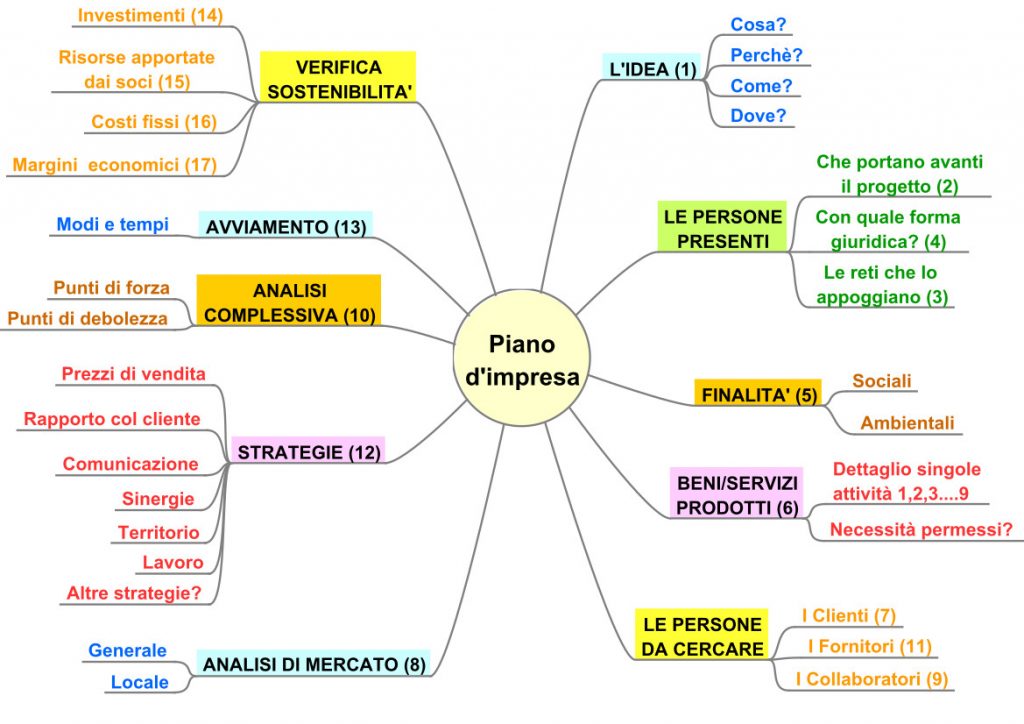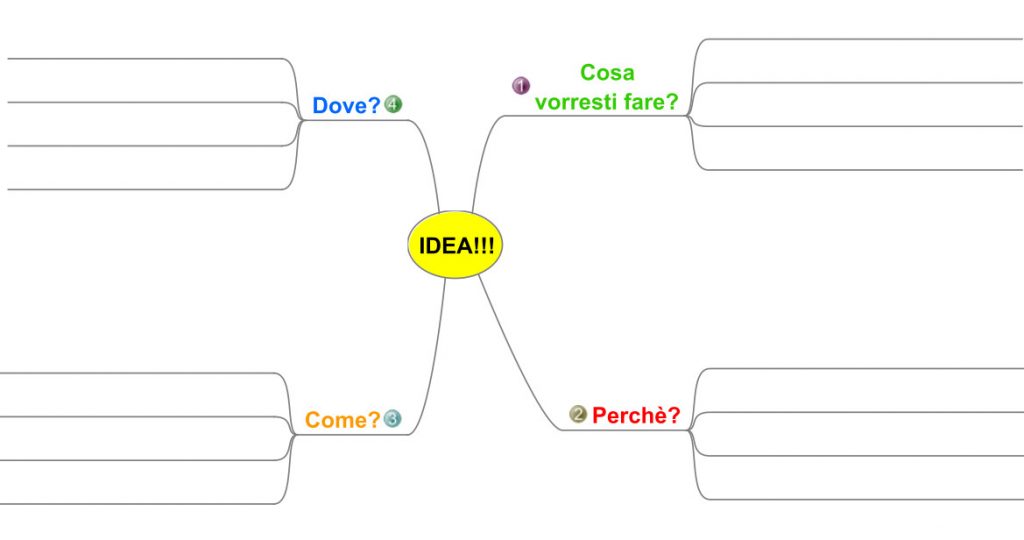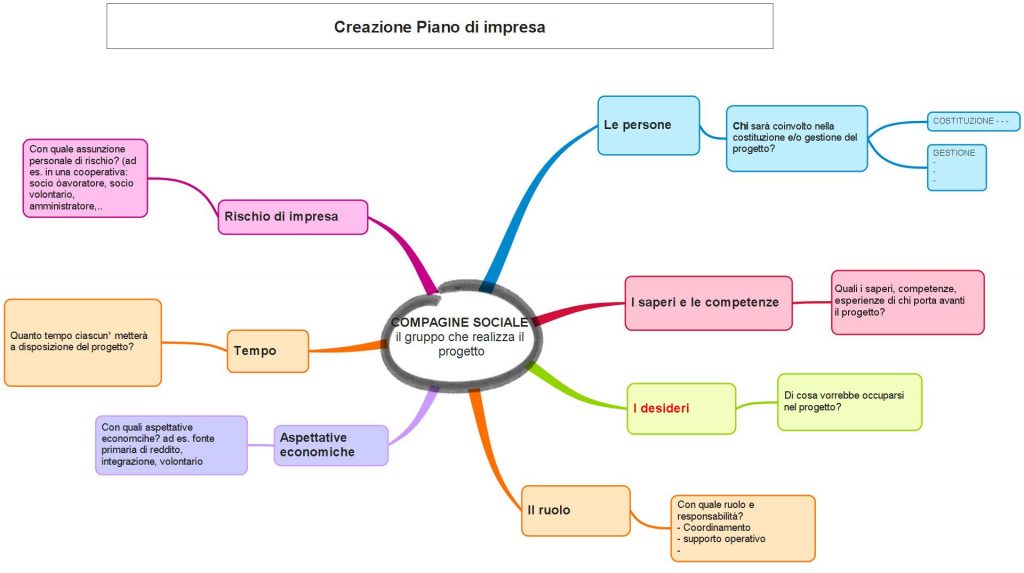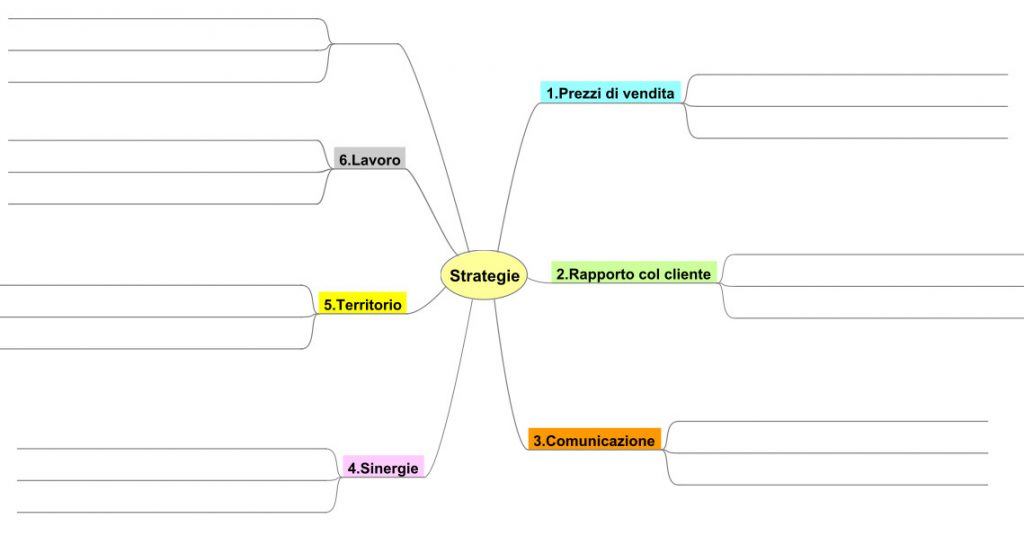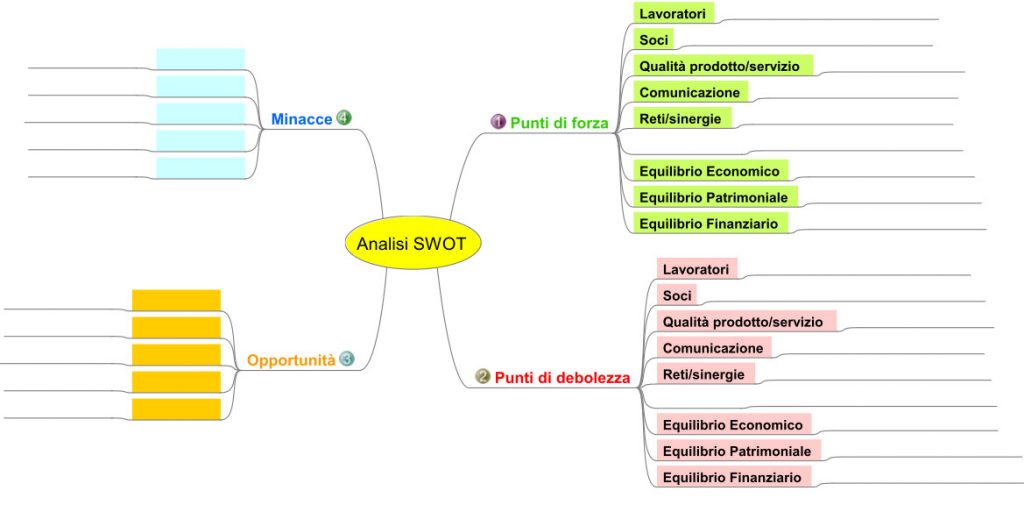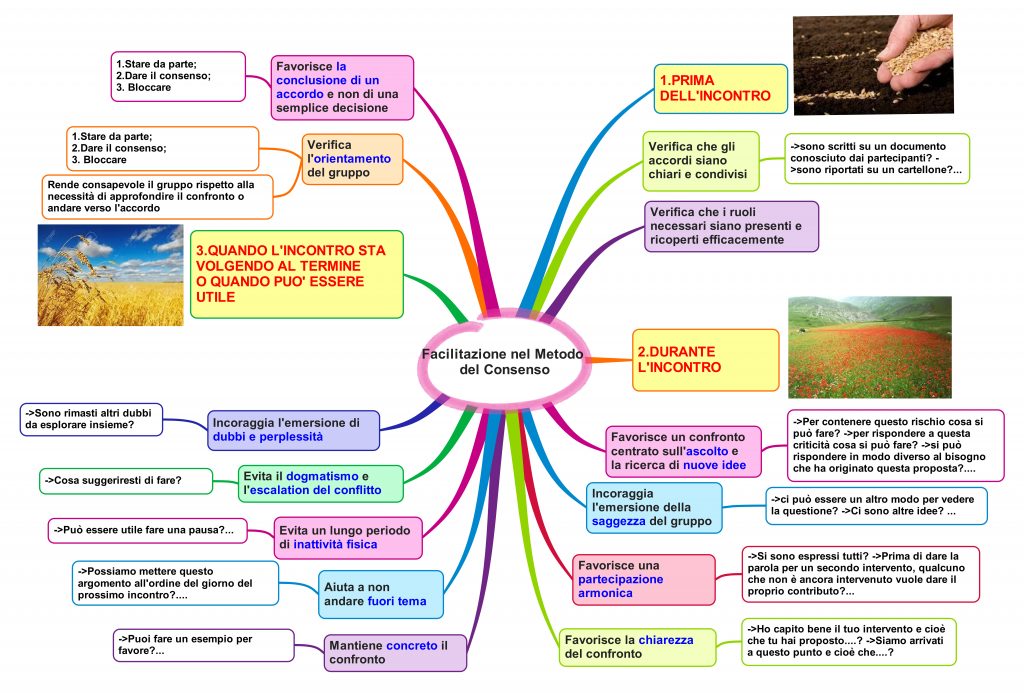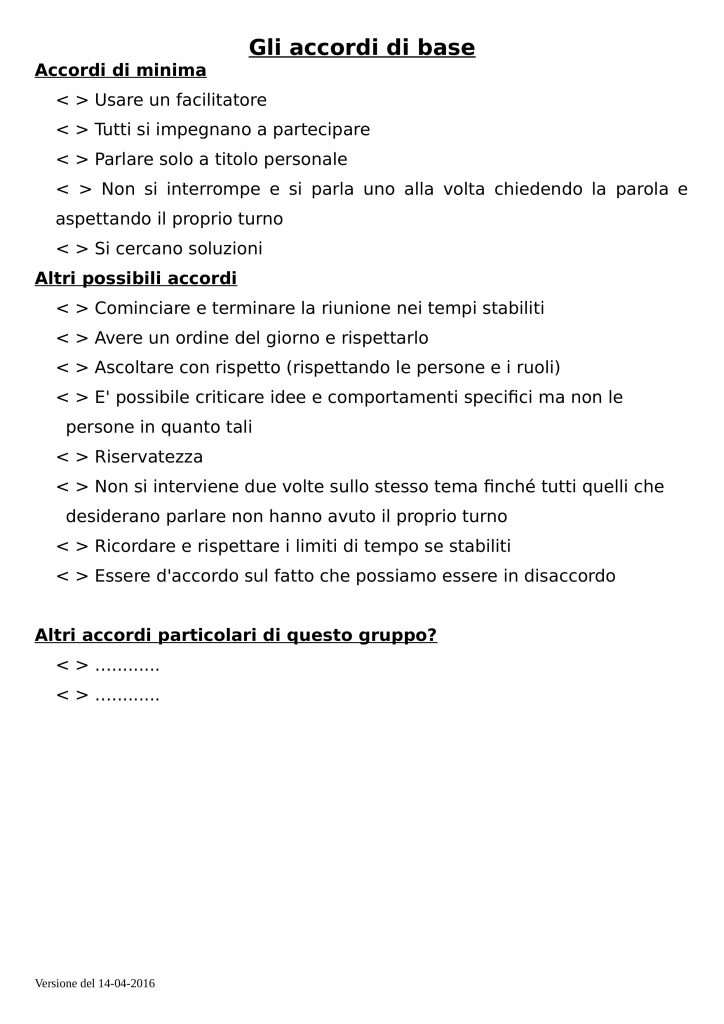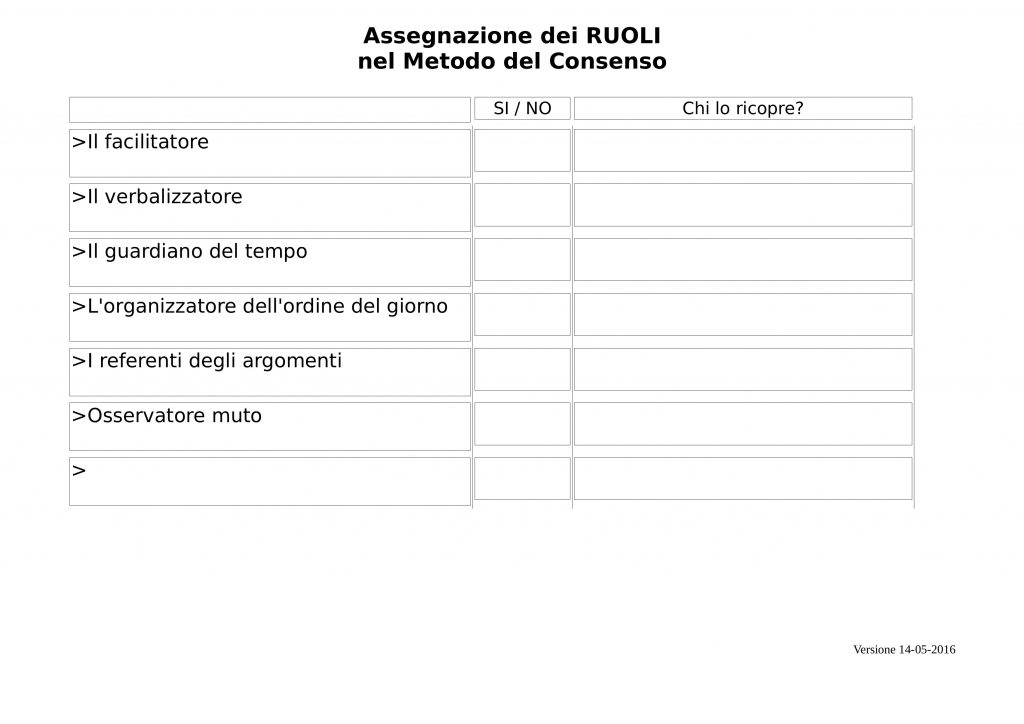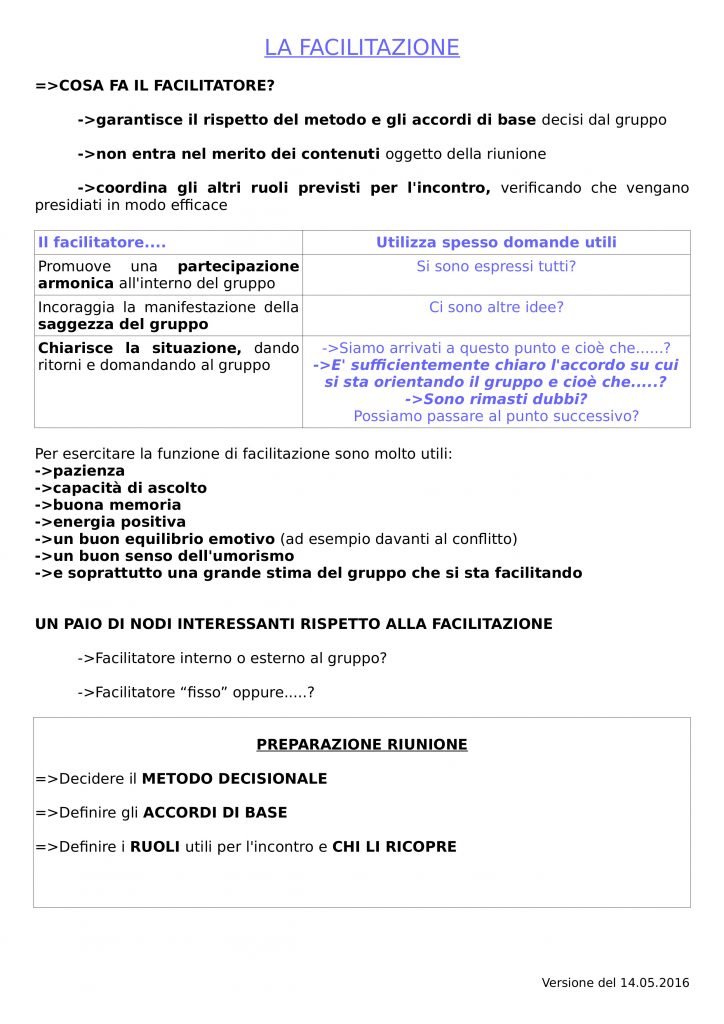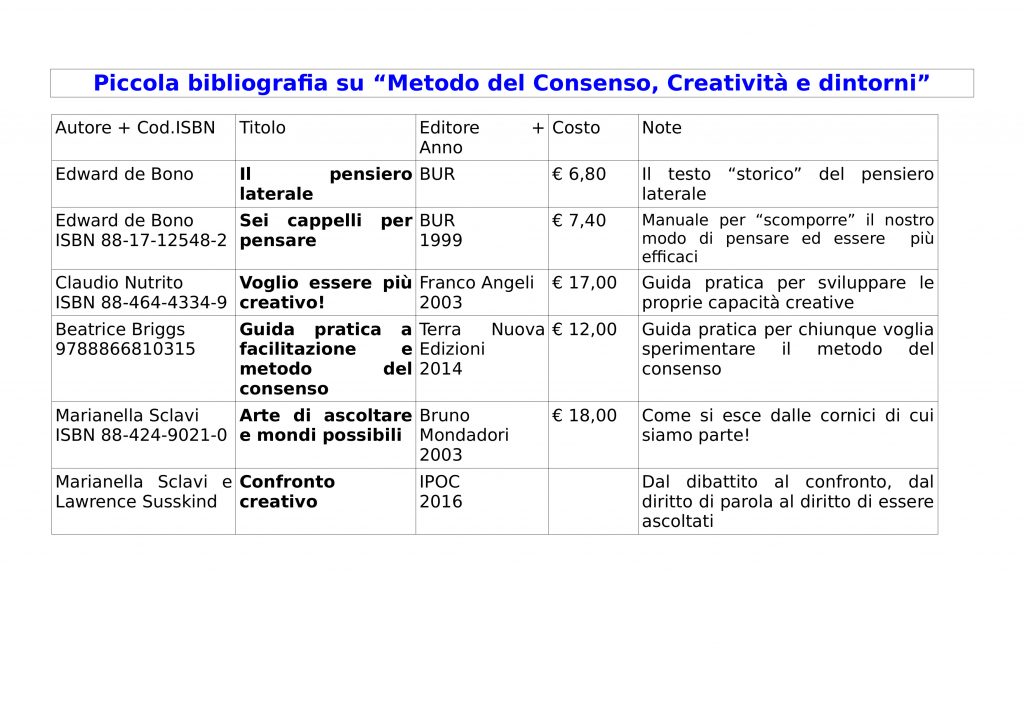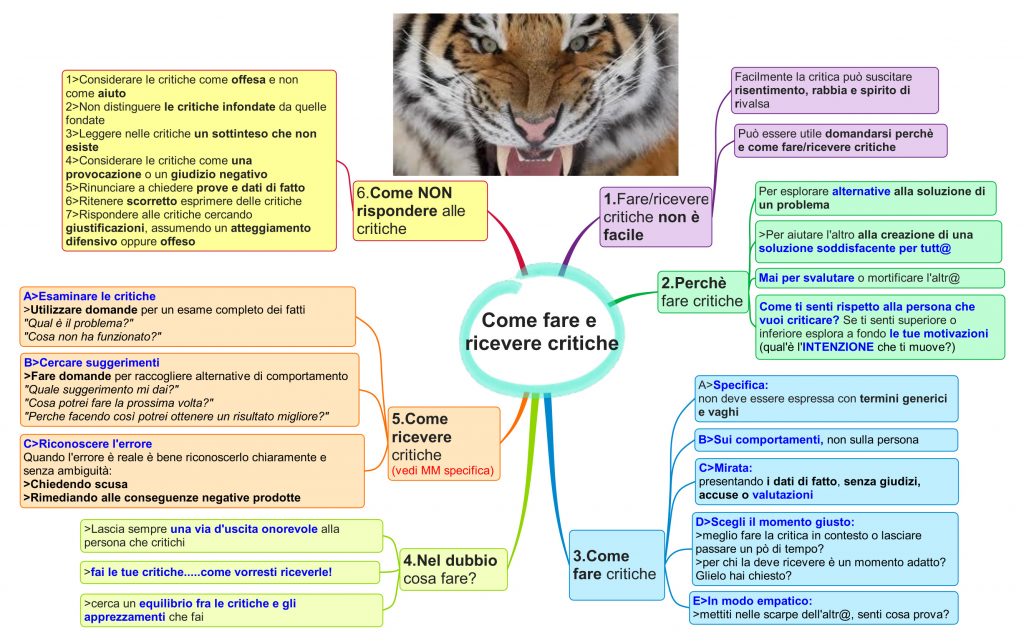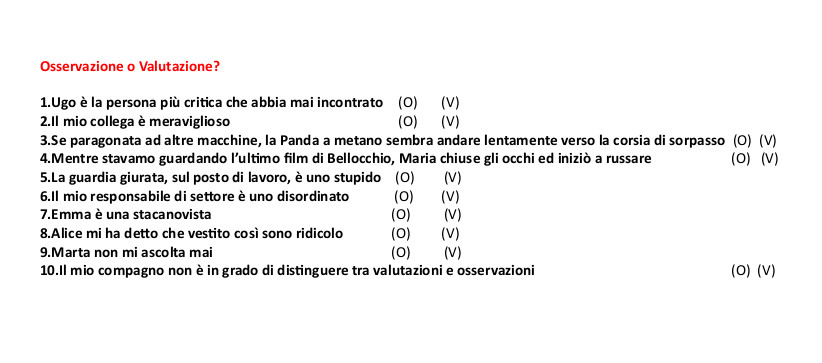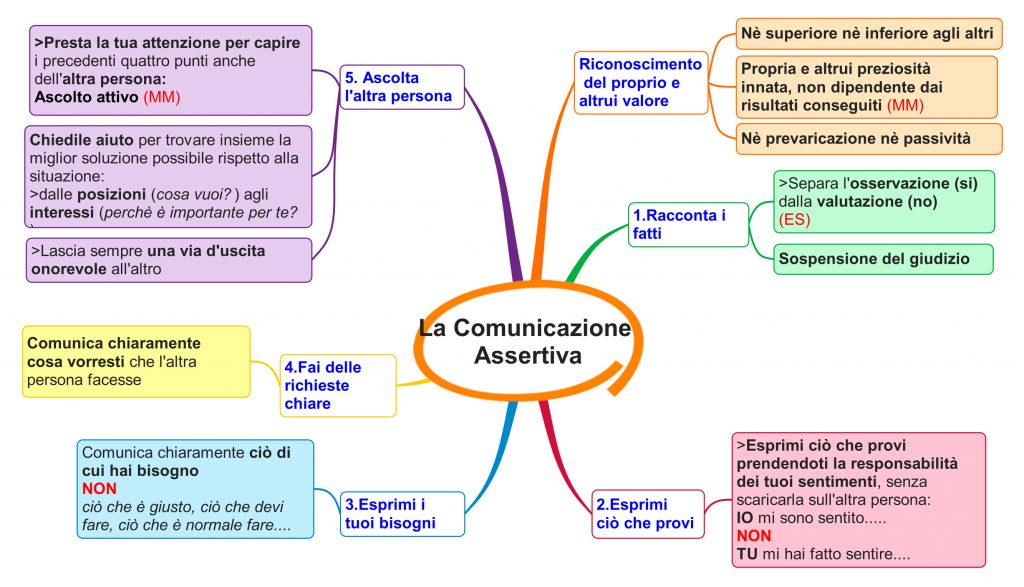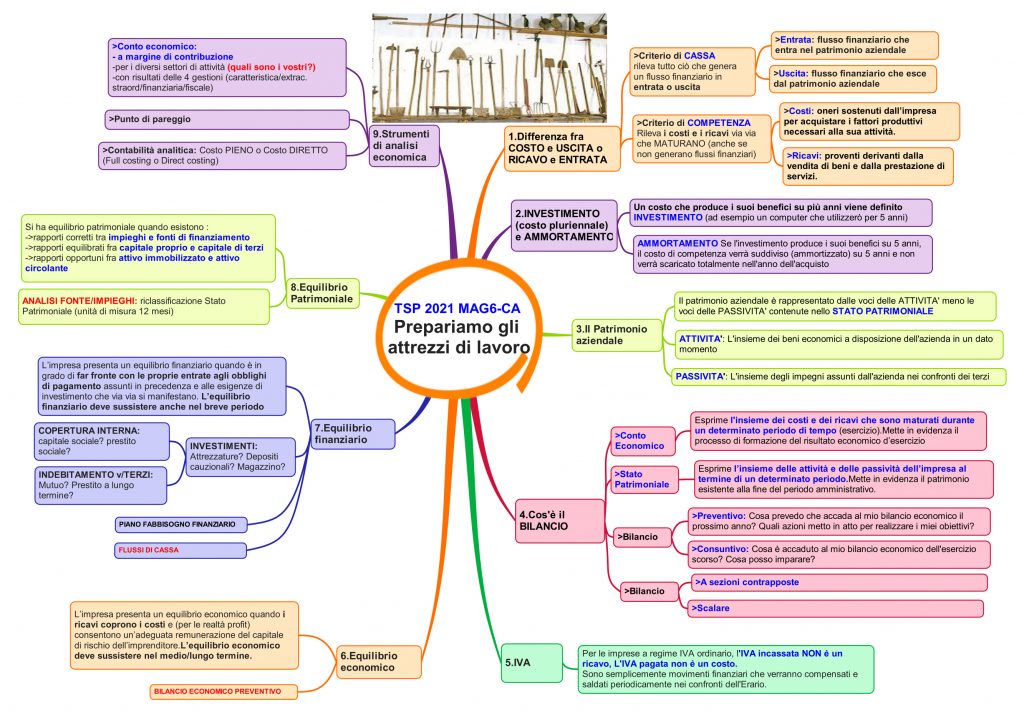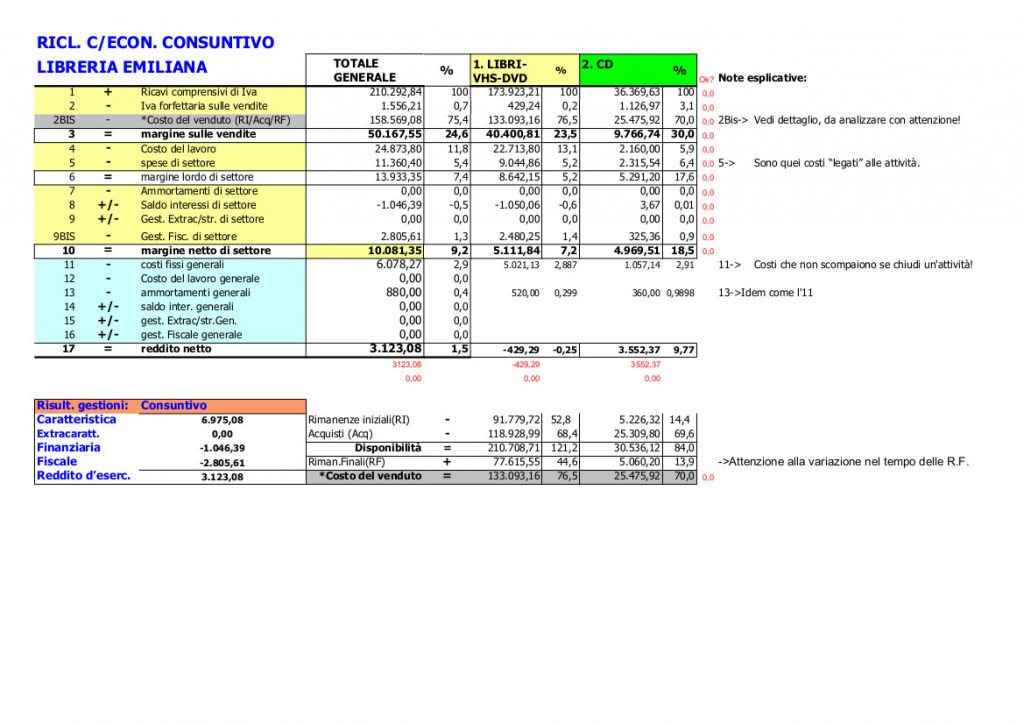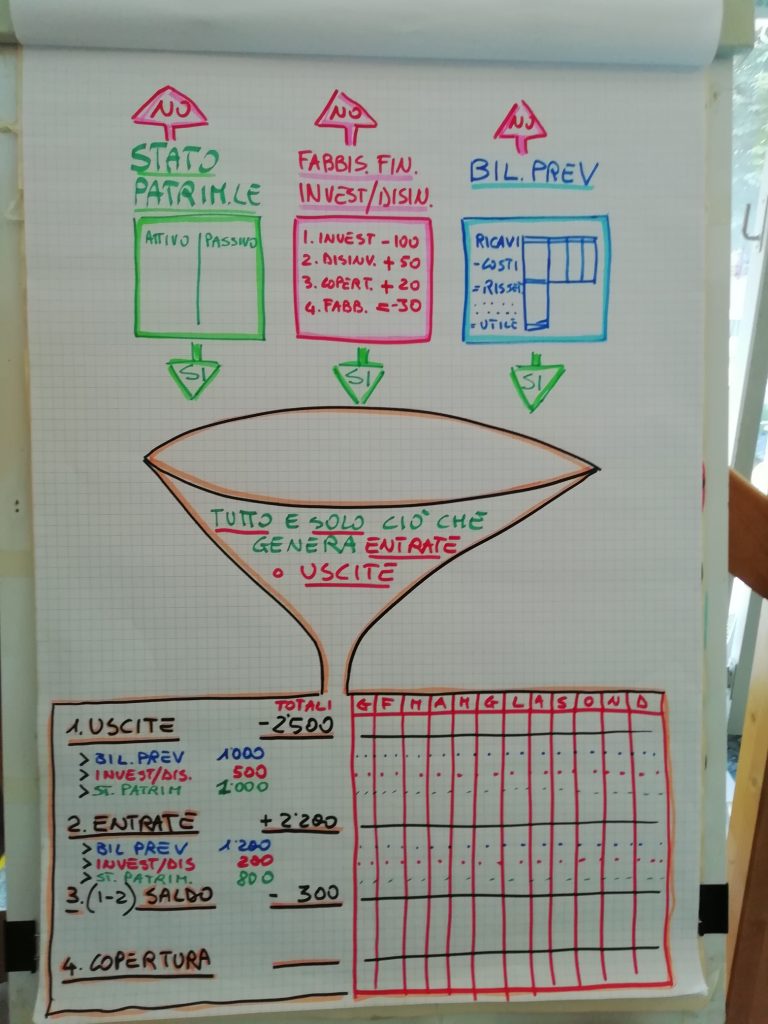I try to put together the materials: notes, words, definitions, schemes and drawnings by the worshop that i did in the last 3 years with MAG6 – Mutua AutoGestione da Reggio Emilia.
Which I followed, the pathes to help an organization to became stable and horizontal, are:
- Business plan – piano di impresa DOWNLOAD ALL THE DOC
- Communication training for group in trouble – comunicazione per gruppi in difficoltà DOWNLOAD ALL THE DOC
- formal consensus method – metodo del consenso formale DOWNLOAD ALL THE DOC
- a simple budget – il bilancino DOWNLOAD ALL THE DOC
- advance economic budget – il bilancio preventivo DOWNLOAD ALL THE DOC
1. Business plan – piano di impresa
Summary
Partiamo dai principi:
Who we are?
Strategie
Download the survey: business plan 2020 -ita
SWOT ANALISYS
2. Communication training for group in trouble – comunicazione per gruppi in difficoltà
4 incontri – 4 meetings
Focus on maximum common multiple than minimum comum divisor
to start
an explanation of the 6 hats for thinking:
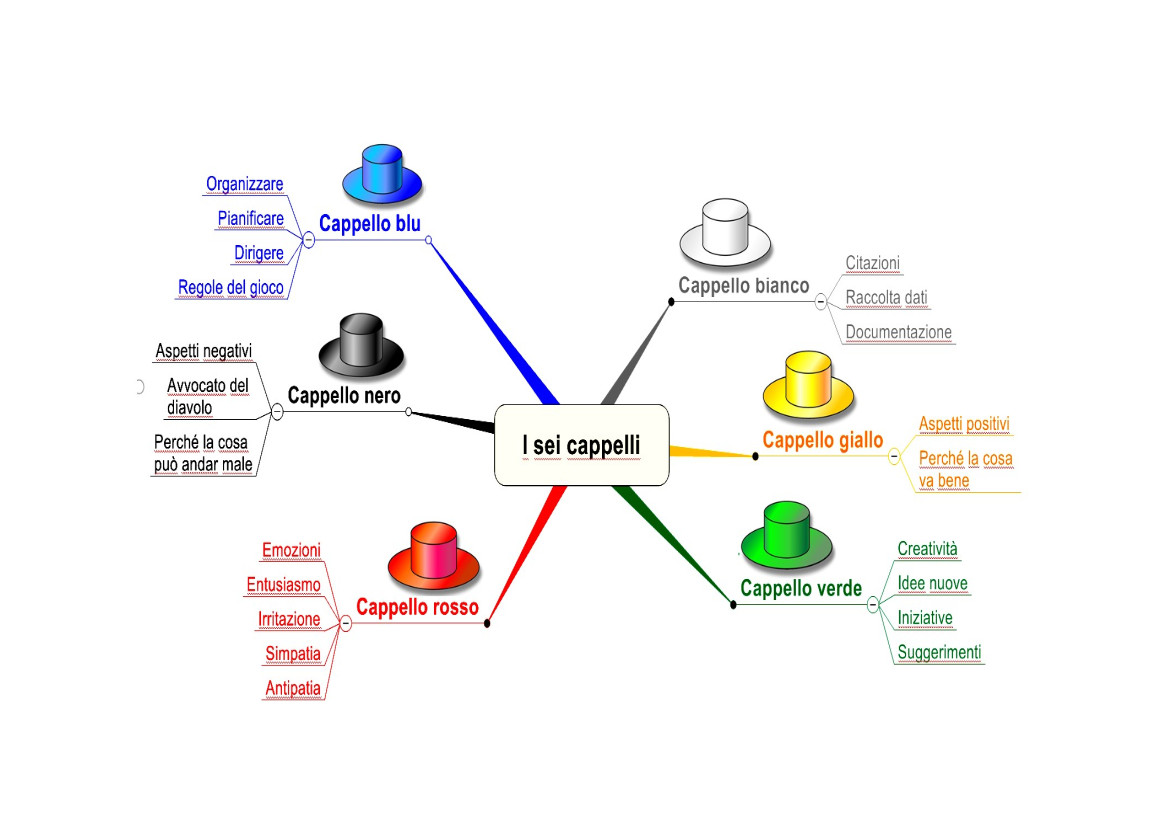
– turn around expressing how you feel today about the 6 hats for thinking
– basic agreements to contribute:
– time, who measures slots by topic, 20 min blocks
– group well-being, hypothesis 3 breaks
– who takes interventions
About Consensus Method
You are asking us for help with a system that you are not using, we present one of several methods of applying the Consensus Method. One, in a spectrum of possibilities, is the one we have chosen as MAG. Let’s enter this world of the consensus decision method together. We enter a mysterious world, because everyone thinks differently.
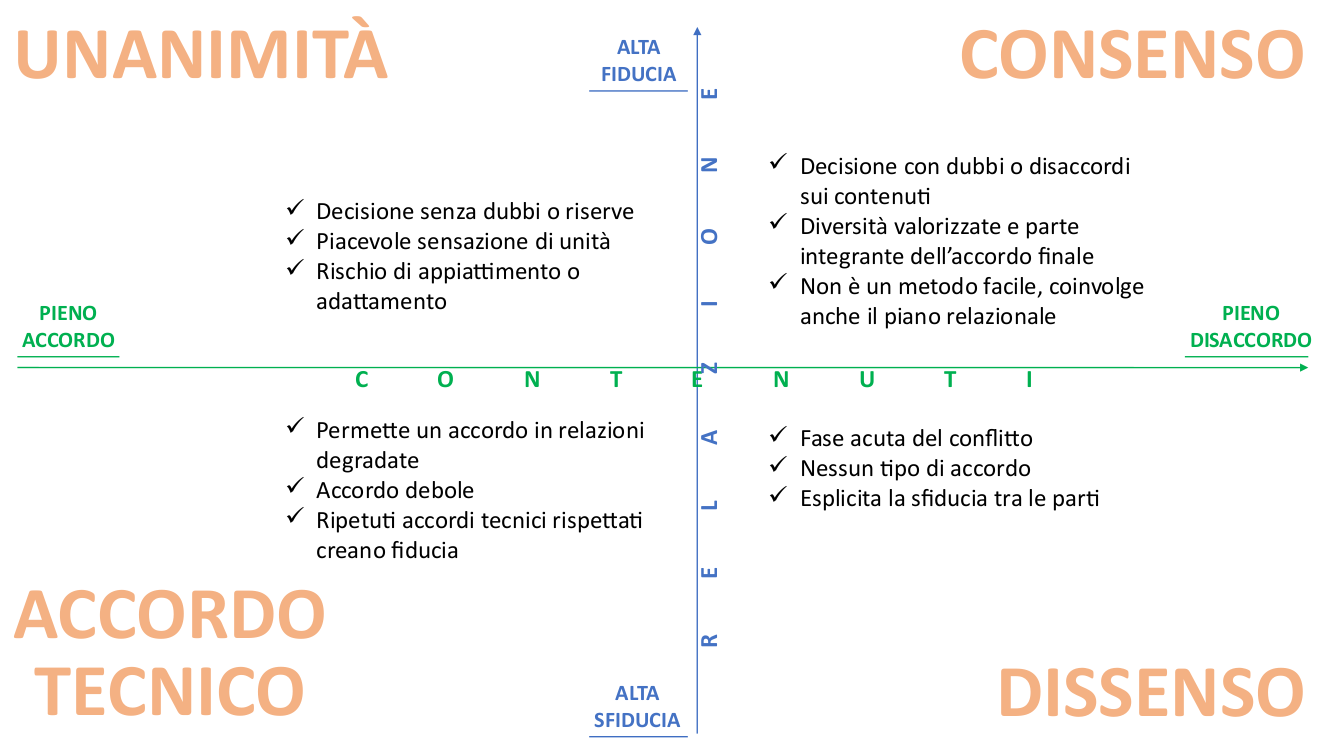
A training together: futurospection, The concrete dream
You are not a new group, you are a struggling group, Let’s pick up the initial wish part and nurture it.
Initial dream assignment:
The group in 10 years, but very concretely, where are you, with whom, what are you doing. Write a letter to a loved one telling them about it. BEFORE THE NEXT MEETING
Importance of Imagination, to give birth to action. Without “”seeing”” it, you can’t do it.
Imagining is not easy, take your time, in optimal psycho-physical condition, not tired, nor hungry or cold, influence yourself positively and take care of yourself to do this action of imagination.”
4 positions
Dissent: important to understand when you’re there, because it’s useless to work on content, you have to work on trust. rather propose to move into the…
Technical agreement: agreement written as a law between people who don’t know each other, protect themselves, repeated technical agreements conducted successfully allow to raise trust and possibility to get to…
Unanimity: everyone agrees, it is the party of agreeing, difficult to raise doubts, risky position.
Consensus: different views on content, multiplicative mode, challenges both content and relationships, Understanding other points of view and valuing diversity. Learning how to best express oneself. It is not easy and involves effort. All a balance between “”asking for account””/””giving account””. Not hiding problems. It goes from “”I try to make my opinion win”” to “”we are here to find a shared solution””.
Tips
Example: no, don’t try to apply it in the condominium meeting.
Modularity: you can introduce in other group management methods, little by little some practices of the consensus method.
Non-monopoly: it is possible to have agreements to stop it in certain situations and resume it.
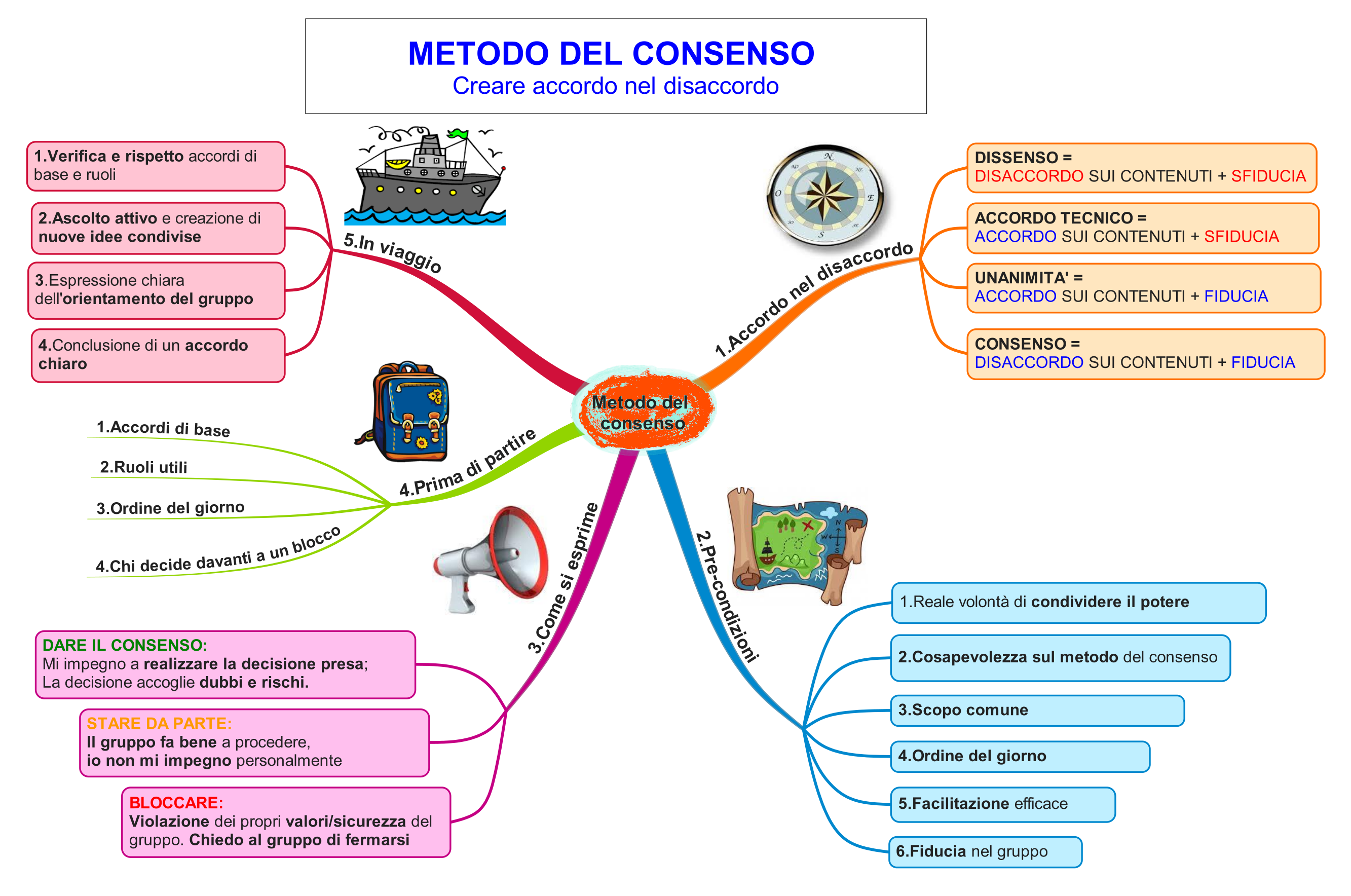
Preliminaries
1) Real willingness to share power (and its attributes: decisions, responsibility, damages, money, fame…). And this is where 9 out of 10 groups fall down.
2) Awareness of method, no just listen and be positive and/or inclusive, that’s only half the battle.
3) Have a common planning/goal, that’s why make a business plan.
4) Plan for the day, plan together on a daily basis.
5) The group collectively take charge of the method, and then to have facilitation (not on content) but of relationships/methods.
Common Agreements
Roles
Facilitations
Bibliografia
Secondo incontro – second round
Working together on the common points of the futurospective: dream together
Write the Common agreement of the group
Accept the feedbacks
Observation or evaluation?
Assertive communication
terzo incontro – third meeting
How is running with the assembly? specific discussion in the group
quarto incontro – fourth meeting
Evaluation of the path, feedback and future prospectives
4. A simple economic plan
5. Advance economic plan
The following topics are explored and explained:
– differences between cash basis and accrual basis
– differences between cost and output and between revenue and income
– what is an investment, what is an amortization
– What are company assets, assets and liabilities?
– What is a balance sheet: income statement and balance sheet, budget and balance sheet, balance sheet in opposing sections, and scalar budgeting (explored in Section 3).
Section 3:
– What the scalar balance sheet is and why it is useful. The scalar budget will be the type of budget used in the TSP pathway , let’s delve into this work tool that we will use in future meetings. The file “WORK 1-1.pdf” presents an example of this type of budget.
– VAT.
– The economic balance.
– The financial balance.
– The balance sheet.
– The tools of economic analysis: income statement, break-even point, cost accounting.

